What circumstances led you to your current health and wellness mission?
After I left home in 1987 when I was 18 years old, working in the film and television industry as an actor, I came to the conclusion that I needed to learn how to cook. It was in teaching myself how to cook that I realized I was actually learning how to take care of myself.
Early on in my career I was working with an actor named Michael Ironside, who introduced me to a book called Zen and the Art of Motorcycle Maintenance. For those who haven’t read it, the book serves as a bibliography of some of the world’s most profound spiritual teachings, and in my free time I began to research these writings, and soon became fascinated with East Asian philosophy and books like the Tao Te Ching.
This led to an interest in Chinese medicine and macrobiotics, and I began to explore the meaning of these concepts in my diet. Even as a teenager I loved to go down to the bustling markets of Vancouver’s Chinatown and wander through the herb shops, making note of all the strange things I could find. Soon I began to experiment, introducing what many of my friends thought were pretty weird foods into my diet, such as burdock root, shiitake, cloud fungus, and seaweed.
After working for a year as an actor, and becoming bored with the kinds of parts I was auditioning for, I decided I needed to get away from it all, and when I contemplated the most exotic place I could go, India was first on my list. I remember being fascinated as a kid with Indian culture, with its sensual sculpture and music, exotic foods, and its riotous use of color.
Within a couple months I was in India, and taking only $2000 with me, spent a year traveling all over the subcontinent, covering almost every corner before heading west. In February of 1990 I left India and traveled up to the remote Hunza valley where I spent several weeks recovering from acute dysentery, and then traveled down along the Afghan border, across into Iran.
In Shiraz I spent several weeks singing and dancing with a secret sect of Sufis, but then after a run-in with the Islamic Guard near the Caspian Sea, I quickly exited Iran and hitchhiked across eastern Turkey. When I finally arrived in Istanbul, however, I saw my first McDonald’s in nine months, and decided I wasn’t quite ready for the Western world. So I bought a cheap ticket and flew back to Sri Lanka, where I ended up studying Buddhist meditation, spending time with a number of monks such as Nyanaponika Thera and Bikkhu Bodhi.
Living on a budget of only a few dollars a day in India didn’t do my health any favors, and I came back to Canada about 20 lbs lighter than when I left, with a case of chronic dysentery. I sought the help of many different practitioners, each with their own distinct approach.
One naturopath was convinced I had “candidiasis” and put me on a psyllium, bentonite and caprylic acid blend, which I dutifully followed for many months without any success. It was only when I met with a Kerala-trained Ayurvedic physician named Dr. Sukumaran, that I finally experienced an improvement in my health. Unlike other practitioners I had seen, Dr. Sukumaran gave me a menu to follow, and prescribed simple herbal formulas to enkindle my digestion such as Hingwastak, a blend of hing (asafoetida) and warming herbs such as ginger, pippali (long pepper), and ajwain (wild celery seed).
Within a few weeks I noted a dramatic improvement in my digestion, and so inspired by these results, I began to study with Dr. Sukumaran, and learned the basic principles of Ayurveda. Although I continued to work in the film industry, my heart just wasn’t it. Back in those days I wore shalwar and kameez, the traditional dress of Pakistan (simply because it’s so comfortable), and I didn’t change my dress for anyone – not even at auditions. I was even flown first class to meet with Aaron Spelling in LA to audition for Melrose Place, dressed the whole time in my shalwar! Although I didn’t get the part, walking around Venice beach later in my shalwar attracted a lot of attention, and I had one African-American fellow who was a rapper ask me where I got my pants. I don’t know who he was, but sometimes I think I might be indirectly responsible for Hammer pants.
In 1992 a new college had opened up in Vancouver, offering a full time, accredited clinical program in herbal medicine. For me it was synchronicity, and I successfully applied for admission. The dean of the college was Chanchal Cabrera, a British-trained medical herbalist, and hence my training was in essence the same program she had undergone.
It had a strong academic focus, and I was required to learn hundreds of herbs and their pharmacological activities, but as much as I appreciated the science, I felt something missing. Immediately after I completed my training in 1996 I headed off to India to study at an Ayurvedic hospital, bringing along my 13 month old son and pregnant wife, who later gave birth in India. In 1997 the four of us returned to Canada, and I set up my first practice and dispensary in a little town in British Columbia called Nelson.
How does your work address needs that you see in today’s health care system?
I have always had a strong food focus to my practice, as I quickly learned that if a patient didn’t make the necessary changes in diet, they didn’t get better.
I didn’t study herbal medicine and Ayurveda to simply use herbs as substitutes for drugs. My motivation is wellness, and what it takes to restore it, and diet is a big part of this. In contrast, the focus in modern medicine is mainly suppressive in nature, using drugs to inhibit symptoms and physiological processes. It’s orientation is born from 19th century paternalism, fraught with analogies of war and violence, like “killing bacteria,” “shutting down” inflammation, and “fighting” against cancer. The language of modern medicine, together with its reliance upon a precise but nonetheless constantly revising terminology, never seemed to represent the language of healing to me.
I don’t have a bias against science and its practical utility, but I do see that it’s compulsion to discern the difference between things has only served to drive us away from seeing and believing in the unity of human experience. Blatant disregard for the very real connection we have to the earth, and the realization that we are in fact a part of the ecology, has resulted a world that is now toxic and injurious to our own health.I think we wouldn’t be in this position if we understood that science is only a model, not the experience.
Many might agree that love and happiness are among the most important human values, and yet we have no way to measure them scientifically. We can develop models of what they are and measure these factors, but this is not the same as the experience of love or happiness. In this same way, we need to bring back a qualitative perspective to medicine, to acknowledge that healing is both a science and an art. If we did, we would have a system of medicine that is healthy because it represents the quality of health itself, from the inside out. In such an enlightened environment, I see scientific resources being directed to investigating and analyzing indigenous and classical healing traditions, to find effective, cheap, and sustainable options for health care, and if for no other reason, to connect the practice of medicine back to the earth, from whence it came.
What do you wish more people knew about health?
Much of my practice is orientated towards teaching simple techniques for healthy living – in essence – the kind of ‘grandma’ knowledge that everybody knew at one time.
None of us are born with an instruction manual, and so we traditionally relied upon our elders to teach us how to care for ourselves. The problem is that this elder wisdom has been systematically undermined and discarded, such that even though modern people are pretty smart, they don’t know about simple things like getting to bed early, or having a nourishing breakfast.
We were never taught traditional methods of food processing, such as germination and fermentation, which deactivates health-damaging constituents, antinutrient factors, and toxic proteins found in everyday staples such as whole grain cereals and legumes. We were never taught how to do things like massage our bodies with oil, or the importance of regular elimination.
We weren’t even taught to breathe, and although this is thankfully under autonomic control, unexpressed emotions and stress can unconsciously alter breathing patterns, and create a myriad health issues. In Ayurveda the three pillars of life are food, sleep and sex. All three of these components need to be in balance, and whenever any these components are excessive or deficient in relation to the others, it creates reverberations in health that can bring about chronic disease. My goal is to teach people these simple ideas.
What has been hardest for you on this path of natural health?
I gave up what I guess would have been a fairly lucrative film and TV career as an actor, although because I was so bored with the scripts and film projects, I doubt I would have ever stayed with it. My first love has always been adventure, and my 20+ years as a herbalist and practitioner have certainly brought me that!
There are some things, however, about the industry that I work in that I still find difficult. For one thing, the supplement and nutritional industry is essentially based on the same model as the pharmaceutical industry, and as a result, being a “successful” practitioner in large part involves trying to move as much product as possible. While I know there are some interesting and useful products out there, none of them are so essential that the same benefits cannot be obtained through diet and lifestyle, using cost-effective herbal remedies that you can easily source or harvest yourself.
So many practitioners I see are locked into this paradigm of being sales people, and it runs directly counter to the ethos of healing. But it is a challenge, because unlike the Nepalese doctors I work with that were traditionally supported by the king and thus could offer their medicines for free, health practitioners are self-employed business people with a bottom line. But I can’t help but reject that notion. For me there is more integrity, if not money, in providing people with knowledge instead of selling a product.
What three health concerns could individuals avoid to improve their personal health?
Folks should curtail their carbohydrate intake dramatically, especially in the form of empty carbohydrates like sugar, sweeteners, refined cereals, soda, and snack foods. I am not suggesting that all carbohydrates are “bad”, but the modern diet relies almost exclusively on using glucose as a fuel to power our body, when from evolutionary perspective, glucose metabolism is an adaptive pathway.
Up until the last few thousand years, humans had a diet that was naturally low in carbohydrate, and our ancestors optimally burned fatty acids for fuel. Called beta-oxidation, the by-products of this metabolic process generate antioxidants such as beta-hydroxybutyrate that protect us against inflammation and cancer. In contrast, glucose from carbohydrates has oxidizing and toxic effects in the body, forming advanced glycation end-products (AGEs) that damage proteins and activate inflammation.
Although we have the ability to deal with a certain amount of this stress, because we now rely on glucose almost exclusively as a fuel, these toxic effects overwhelm our capacity to deal with it, and hence, excessive carbohydrates in the diet are in large part responsible for chronic diseases including cancer, cardiovascular disease, and diabetes.
Another major element paired with this issue is a lack of exercise. Training muscle specifically helps to improve the body’s fuel economy, overcomes insulin resistance, and enhances vitality.
In Ayurveda, it is said that everyone with only a few exceptions (e.g. children, pregnancy, the aged) should exercise every day, to one half your capacity. This is understood as a thin coating of sweat that appears on the brow and in the armpits, and just enough exercise to leave you huffing and puffing for several minutes – something you can achieve in as little as 20 minutes a day. Through regular muscle contraction, we activate the lymphatic system and pump peripheral waste products back to the heart and then the liver and kidneys to be excreted from the body. Compression and relaxation of cartilage in joints enhances repair and regeneration. Regular exercise improves circulation, alleviates pain and congestion, and increases confidence and self-worth.
While it is difficult to stop at only three, the last issue I will mention is creative release. It is estimated that our Paleolithic ancestors spent an average of 3-4 hours a day working: hunting, gathering, and building shelter, with the rest of the time to go on a walk-about, climb trees, make cave paintings, and play.
We would gather at the end of the day around the fire, where an elder might tell some stories, or we might bang drums and dance around the fire, dispelling in this communal act all the fears and stressors of the day. Nowadays, modern humans spend most of their day working, or engaged in work-like activities such as driving, cleaning, coordinating, and study. This is remarkably different from how we evolved, and it is not surprising that so many people struggle with the issue of stress.
Many of us treat our computer hard drives better than our brains: constantly uploading “data”, but never taking the time to “defragment” our minds. To cope with these modern stressors, now more than ever we need to learn how to let it go. Exercise is not enough – every day, or at least on a regular basis, we need to engage our right brain and free it from the dominance of the left hemisphere, where the value of life is reduced to a matter of basic accounting.
We need to re-establish feeling, heart, and connection, and one of the best ways to do this is through creative expression. Poetry, art, dance, singing, doodling, pottery, music, sculpture, and journaling are only a few examples. But I recommend these things not to get “good” – but just to have fun. True creative expression relates to that sense of joyful freedom that many of us experienced as children during play. And just because we’re “grown ups” doesn’t mean we don’t need to play!
What three natural alternatives could individuals add to their life to improve their personal health?
When I consider all of the recommendations I make to my patients, apart from diet and a healthy lifestyle, there are a number of different things that come to mind, but some I recommend to almost everyone. One recommendation I have already alluded to is massaging the body with fat. In Ayurveda this practice is called abhyanga, and is used generally not just to keep the skin moist and supple, but to protect against infection, lubricate the muscles and joints, calm and balance the nervous system, enhance fertility, and promote a long, healthy life.
I have witnessed some very impressive changes when people practice abhyanga regularly. Women in particular benefit from this practice because it maintains their natural feminine “yin” quality, and is thus important during menopause to prevent aging.
Abhyanga can be practiced with almost any fat or oil, but in Ayurveda we most frequently recommend warm, cured sesame oil. To cure the oil, heat it in a pot at low-medium heat, and sprinkle a few drops of water on top. The oil will hiss and bubble, and when this noise stops and the water has evaporated, let it cool and then pour back into the bottle with a funnel. Other fats that are good for abhyanga include coconut oil, ghee, or some kind of animal fat like tallow, lard, or marrow fat. Even if you don’t do it every day, doing a few times a week will promote notable improvements. Likewise, infants and children benefit from regular abhyanga, to support their developing nervous systems.
I am also a big advocate of live-culture foods, although because I see issues with sugar-based ferments, e.g. wine, beer, kombucha, and tibicos, I usually limit my recommendation to live-culture vegetables, or using fermentation to deactivate antinutrient factors in whole grain cereals and legumes. I have been recommending such foods and methods for awhile now, although when I first started out 20 years ago I routinely recommended encapsulated probiotics. Since then, in part because in-house testing showed me that many of these probiotic products are inert by the time the consumer gets them into their fridge, I stopped recommending them. Thus for several years now have been using foods like brine-pickles and sauerkraut, and getting very good results in a broad variety of health issues.
Another major concern of mine is the issue of vitamin D deficiency that I see specifically in Canada, where it is estimated that upwards of 70% of the population are chronically vitamin D deficient. Vitamin D deficiency is thus an acute issue in most of the population, and given the association of vitamin D deficiency and the prevalence of chronic disease such as cancer, cardiovascular disease, and especially autoimmunity, it is an important issue to address.
Traditionally, people ate foods naturally rich in vitamin D during the winter, such as offal, oily fish, and blood sausage. Very few people eat these foods nowadays, and so part of my approach is to find ways to re-introduce these foods into the diet, such as marrow broth/fat, which is an excellent source of vitamin D. I also recommend vitamin D supplements, both as internal and transdermal medications, but I don’t feel particularly good about my patients ingesting irradiated lanolin, which is what most commercial sources are made from.
I also have concerns about relying on fish liver oil as a vitamin D source exclusively, which is different from traditional whole fish oils such as herring oil and ooligan (smelt) grease that were much more commonly used, and have lower levels of vitamin A, making it safer for regular consumption. For several years, based on research I have read coming out of Scandinavia that contradicts conventional wisdom, I have been recommending artificial tanning. Not to get tanned mind you, which would defeat the purpose, but at doses equal to about 25% of what researchers call the minimum erythema dose, when the skin starts to burn. For most people this is about 5 minutes in a stand-up unit, or 11 minutes lying down.
Sun-tanning has a number of advantages over supplementation, and avoids the limitations of gut absorption and the liver, which for many people with chronic disease can be major issues. Here in Vancouver we stop making vitamin D about mid-September, just when your shadow at mid-day is longer than your height. It has always been interesting for me to observe just how soon after we stop making vitamin D that people start to get sick.
It was a few years back I finally followed my own advice to treat what had become a chronic cough one winter, which despite my extensive knowledge of herbs to treat it, just wasn’t responding. Within three sessions my symptoms had totally diminished, and I noted great improvements in my mood and energy. These days, I make sure to tan once a week, September through April, and since that time, I haven’t had a cold or flu once. Likewise, I recommend tanning to many patients, and get good response in conditions as diverse as depression, psoriasis, and arthritis. Tanning however is often contra-indicated with a history of excessive sun exposure, skin problems such as actinic keratosis and skin cancer, and a sensitivity to EMFs.
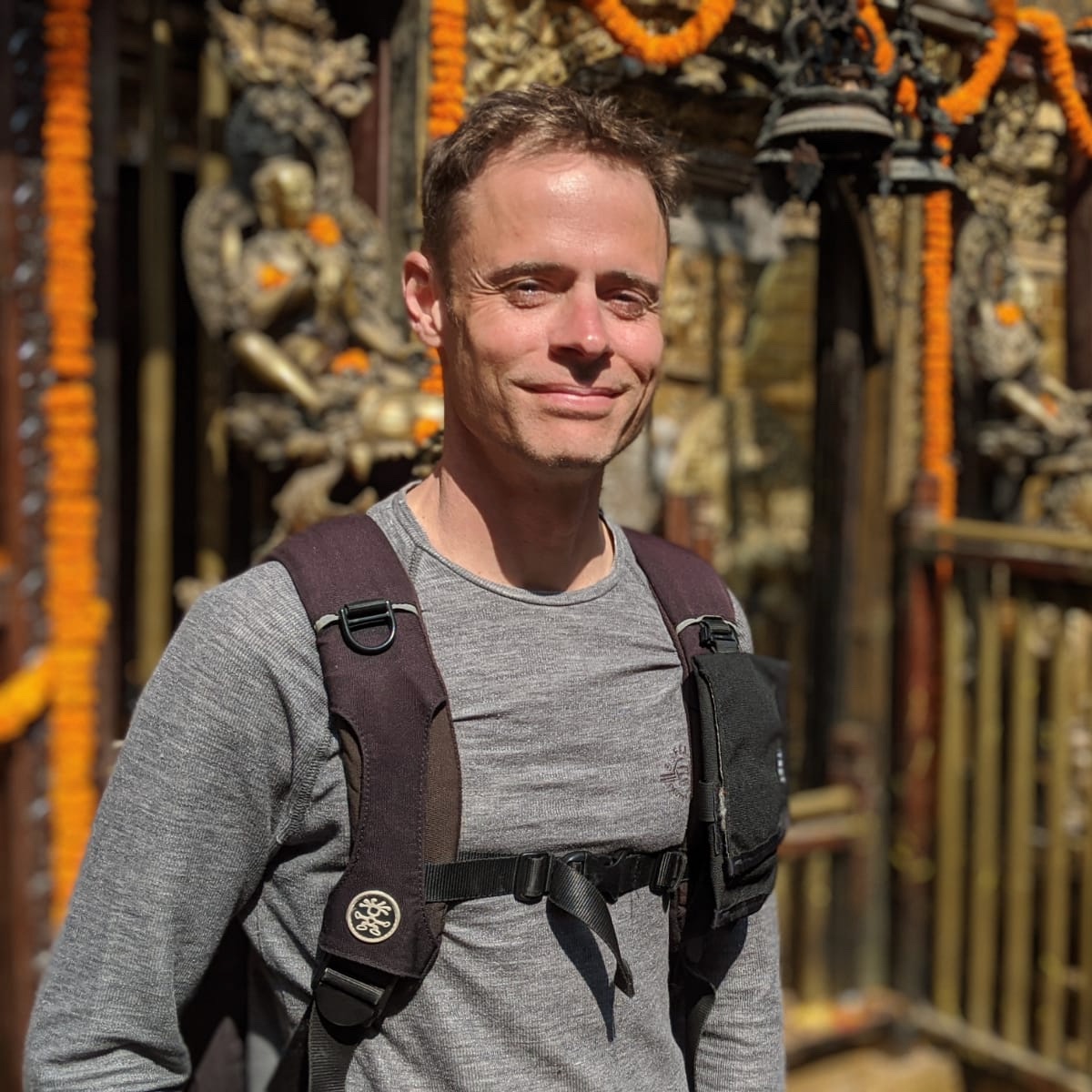
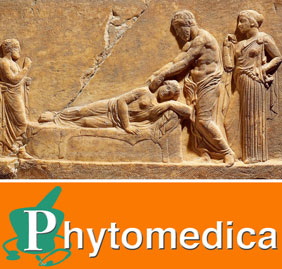
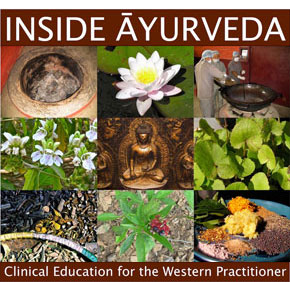
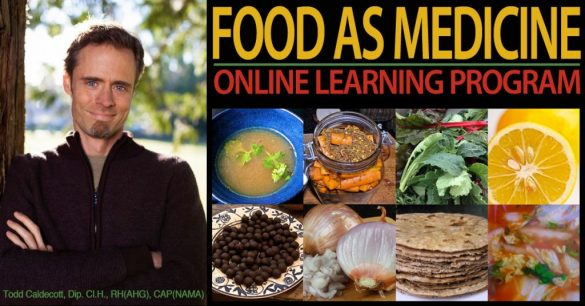
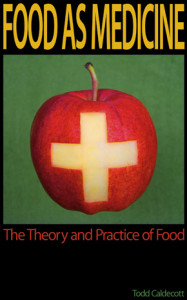
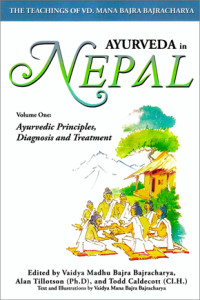
Hi, i used your methods related to moles and did not get any results, its been bothering me since its presentable on my forehead and when i poked it with a needle it bled alittle